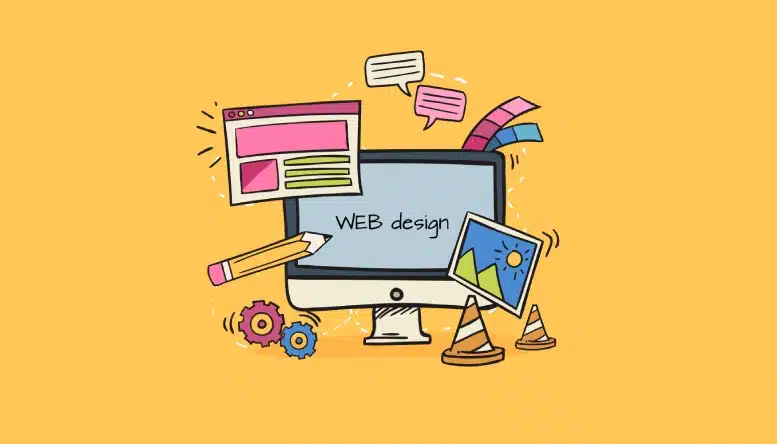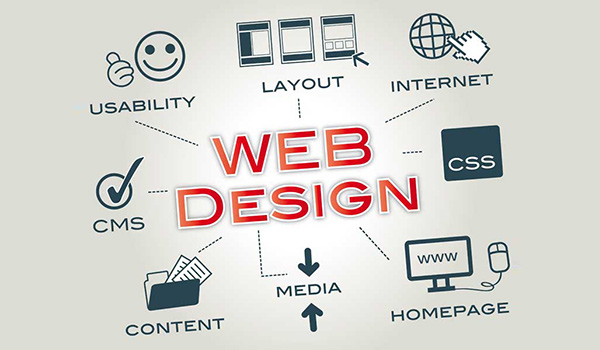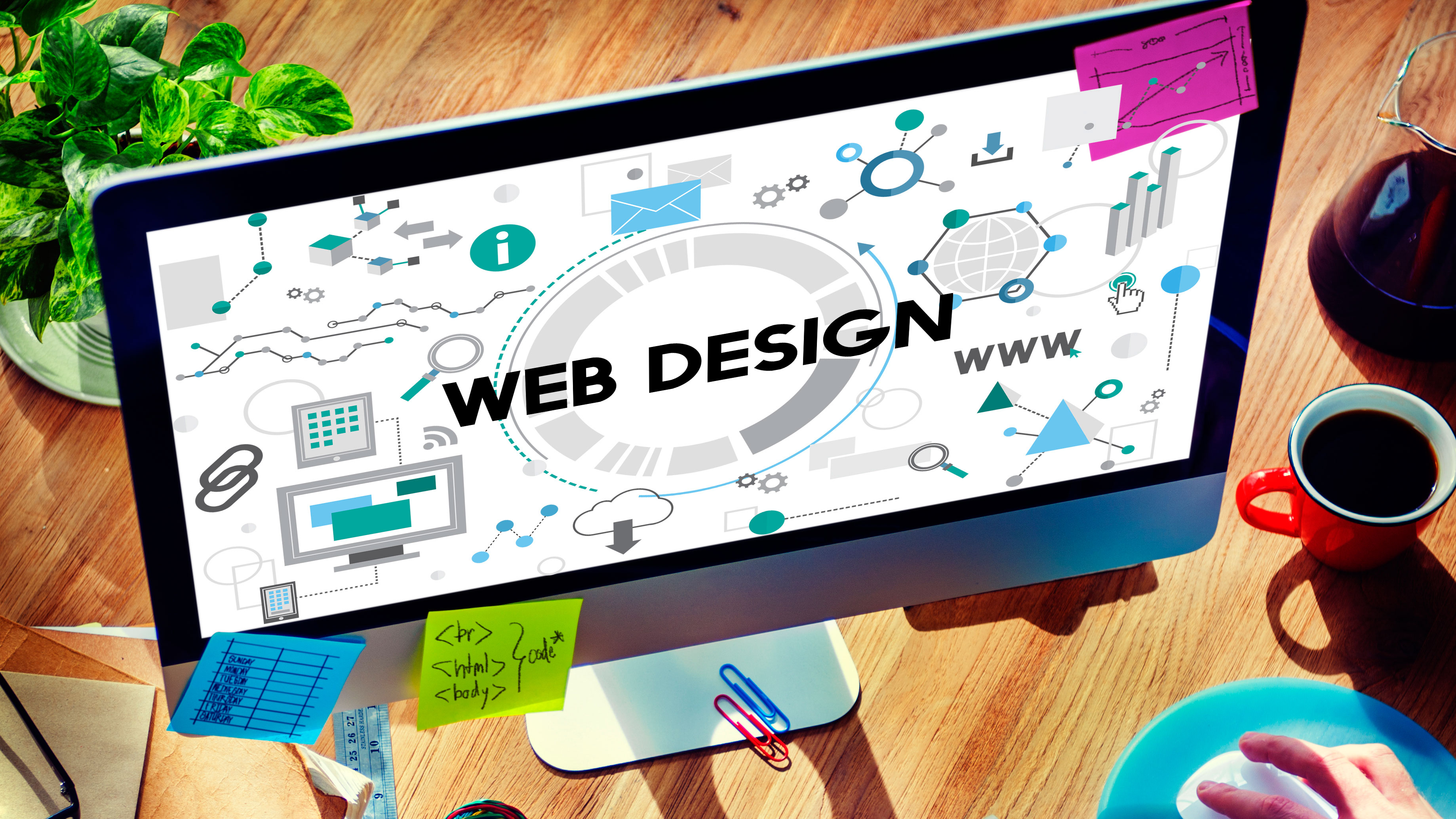Aligned Position Web Design: Perfectly Designed Websites to Capture Your Audience’s Attention
Aligned Position Web Design: Perfectly Designed Websites to Capture Your Audience’s Attention
Blog Article
The Finest Sorts Of Website Design to Enhance Individual Experience and Engagement
In the ever-evolving landscape of digital interaction, the efficiency of Web layout considerably affects individual experience and interaction. Different style strategies, such as minimal, receptive, and interactive formats, each deal one-of-a-kind benefits that can provide to varied customer requirements.
Minimal Website Design
As digital landscapes end up being increasingly messy, minimalist Web design has actually arised as an effective strategy to boosting customer experience. This layout approach focuses on simplicity, concentrating on important elements while eliminating unneeded disturbances. By making use of adequate white area, simple navigation, and a limited shade scheme, minimal style fosters clarity and routes customer interest to crucial material.
The core principle of minimal Web style is to create a smooth interaction for customers. By lowering cognitive tons, users can swiftly realize info without feeling bewildered. This direct strategy not just improves use yet likewise urges interaction, as visitors are more most likely to check out a site that is simple and visually enticing to navigate.
Furthermore, minimal style often highlights typography and images, making use of these elements tactically to share messages successfully. This focus on necessary components can improve brand name identity and develop a memorable customer experience. Fundamentally, minimal Web design is not just a fad; it is a thoughtful approach that acknowledges the importance of user-centered style. By removing supplementary components, designers can produce an extra engaging, effective, and enjoyable Web experience for all individuals.
Receptive Web Design
In today's diverse digital atmosphere, responsive website design has actually come to be essential for creating a seamless individual experience throughout a multitude of devices. As individuals accessibility internet sites on smartphones, laptops, desktops, and tablets, the capacity of a site to adjust its design and material to different screen sizes and resolutions is vital.
Receptive Web design uses flexible grids, photos, and CSS media questions to make certain that Web content exists optimally, no matter the tool utilized. This method not only boosts the aesthetic charm of a site yet also considerably enhances functionality. Users are most likely to engage with a website that supplies a constant experience, as it eliminates the disappointment of having to focus or scroll exceedingly.
By adopting receptive design, services can improve their exposure and reach a more comprehensive target market. In recap, receptive Web style is an essential practice that improves customer experience, engagement, and general contentment.
Interactive Web Design
Responsive Web design prepares for boosting customer experience, but interactive website design takes this a step additionally by engaging individuals in a more vibrant means - Aligned Position Web Design. By incorporating aspects such as animations, clickable models, and real-time feedback, interactive Web style mesmerizes customers, attracting them into a richer surfing experience
This strategy not only fosters interaction however additionally encourages users to check out content actively instead of passively eating it. Strategies such as gamification, where users earn rewards for completing tasks, can substantially boost the moment invested in a website and improve overall complete satisfaction. Interactive features can streamline complicated info, making it a lot more delightful and absorbable.

Incorporating interactive style elements can also lead to greater conversion prices, as users are most likely to involve with a site that proactively involves them. Aligned Position Web Design. Inevitably, interactive website design changes customer experiences right into memorable trips, ensuring that site visitors return time after time
Flat Design
Characterized by its minimalistic technique, level layout stresses simpleness and functionality, stripping away unnecessary aspects and focusing on necessary attributes. This style approach focuses on usability, guaranteeing that users can navigate interfaces with ease and efficiency. By employing a clean aesthetic, level layout removes the mess often located in more luxuriant designs, therefore boosting user focus on web content and capability.
The characteristic of blog flat style depends navigate to this website on its use of vibrant shades, basic typography, and geometric shapes. These elements contribute to an aesthetically enticing interface that is both friendly and contemporary. Additionally, level layout promotes a sense of quality, permitting individuals to recognize crucial activities and info without distraction.
Furthermore, level design is specifically efficient in responsive website design, as its simplicity converts well across numerous gadgets and screen dimensions. The absence of intricate textures and slopes reduces loading times, which is crucial for preserving user involvement. As electronic landscapes remain to advance, flat layout stays a pertinent option for creating straightforward sites that boost general experience. By concentrating on vital features, flat layout not only fulfills user requirements yet likewise urges seamless communication, making it a vital element of effective website design strategies.
Adaptive Website Design
Flexible website design customizes the individual experience by producing numerous dealt with layouts tailored to different screen sizes and gadgets. Unlike responsive style, which fluidly readjusts a solitary format, flexible design employs distinct layouts for particular breakpoints, guaranteeing ideal discussion on various systems. This approach allows developers to concentrate on the unique attributes of each gadget, improving functionality by providing exactly what individuals need based on their context.
Among the key benefits of flexible website design is its capacity to enhance load times and performance. By offering tailored content and pictures that fit the user's device, websites can minimize information use and enhance loading speeds. This is particularly advantageous for users with slower links or restricted data plans.

In addition, adaptive style facilitates a much more constant and regulated branding official website experience. Because designers produce several formats, they can ensure that the visual components align with the brand's identification throughout different platforms - Aligned Position Web Design. This results in a cohesive customer experience, boosting interaction and advertising customer retention
Conclusion
Finally, the assimilation of minimal, responsive, and interactive website design concepts significantly enhances individual experience and interaction. Minimal layout cultivates clarity and focus, while responsive style makes sure flexibility throughout various devices, promoting availability. Interactive style astounds customers through dynamic aspects, urging expedition and personalization. Collectively, these design comes close to contribute to the production of easy to use environments that not only improve fulfillment however likewise drive higher conversion rates, underscoring their vital value in contemporary Web style methods.

Minimalist design fosters clearness and focus, while responsive style makes sure flexibility throughout numerous tools, advertising accessibility. Collectively, these design approaches contribute to the creation of user-friendly environments that not only improve complete satisfaction however also drive higher conversion rates, underscoring their crucial significance in contemporary Web layout approaches.
Report this page